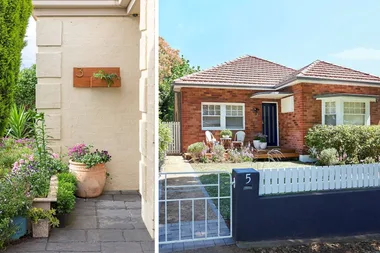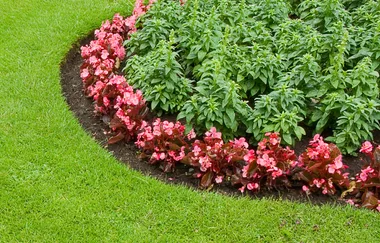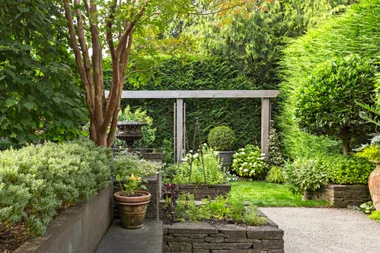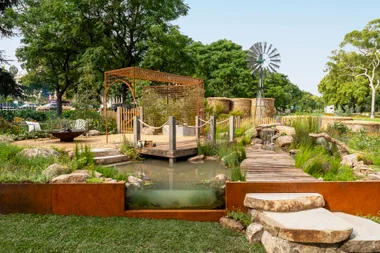Homegrown equals healthy – the message has taken hold! The desire for fresh, organic food continues to inspire people to grab a shovel, dig up a vegetable plot and get planting.
WATCH: How to grow your own vegetables in a bag or box
Even if the only things you’ve ever cultivated are a few shoots on that onion in your cupboard, you’ll find most vegetables are a breeze to grow. Check out this guide to starting your own vegetable patch.

Where to plant
The most critical starting point for your vegetable patch, whether large or small, is deciding where to place your crops so they have the best chance of success. Pick an unsuitable position and you’ll be fighting an uphill battle from day one.
Climate
Spring and summer vegetables need at least 5-6 hours of direct sunlight every day. Any less and you’ll find harvests and plant vigour decrease. You will be more likely to encounter problems with pests and diseases if plants are lacking light.
Avoid locations exposed to strong winds. They could make the dream of producing your own homegrown healthy food supply a non-starter.
Space
Ensure you allocate adequate space for the vegetable you want to grow, but don’t create an area that’s too big for you to manage (think weeding and watering).
Soil
Remember, the better the soil, the better the harvest. So try to get the ground right from the beginning, and your plants will flourish.
The general rule of thumb is that the soil should be nice and crumbly, easy to dig, and rich with organic goodies. The other essential is that water drains from it freely. So if you have generally good garden soil, dig through plenty of aged manure and compost to enrich it. However, if your soil is either tough clay or fly-away sand, build a raised garden bed and fill it with an improved soil mix bought from a landscape supplier (you can buy this bagged for a small area).
If you are buying bulk soil, ask your landscape supplier if they have a vegetable growing mix or an organic blend to really help your plants thrive. If you want to grow vegetables in pots, use a premium potting mix or an organic vegetable blend potting mix.
Once you’ve sorted out the best position for your plot, and your soil or potting mix is in place, you’re ready to finalise your vegetable selection and get planting.
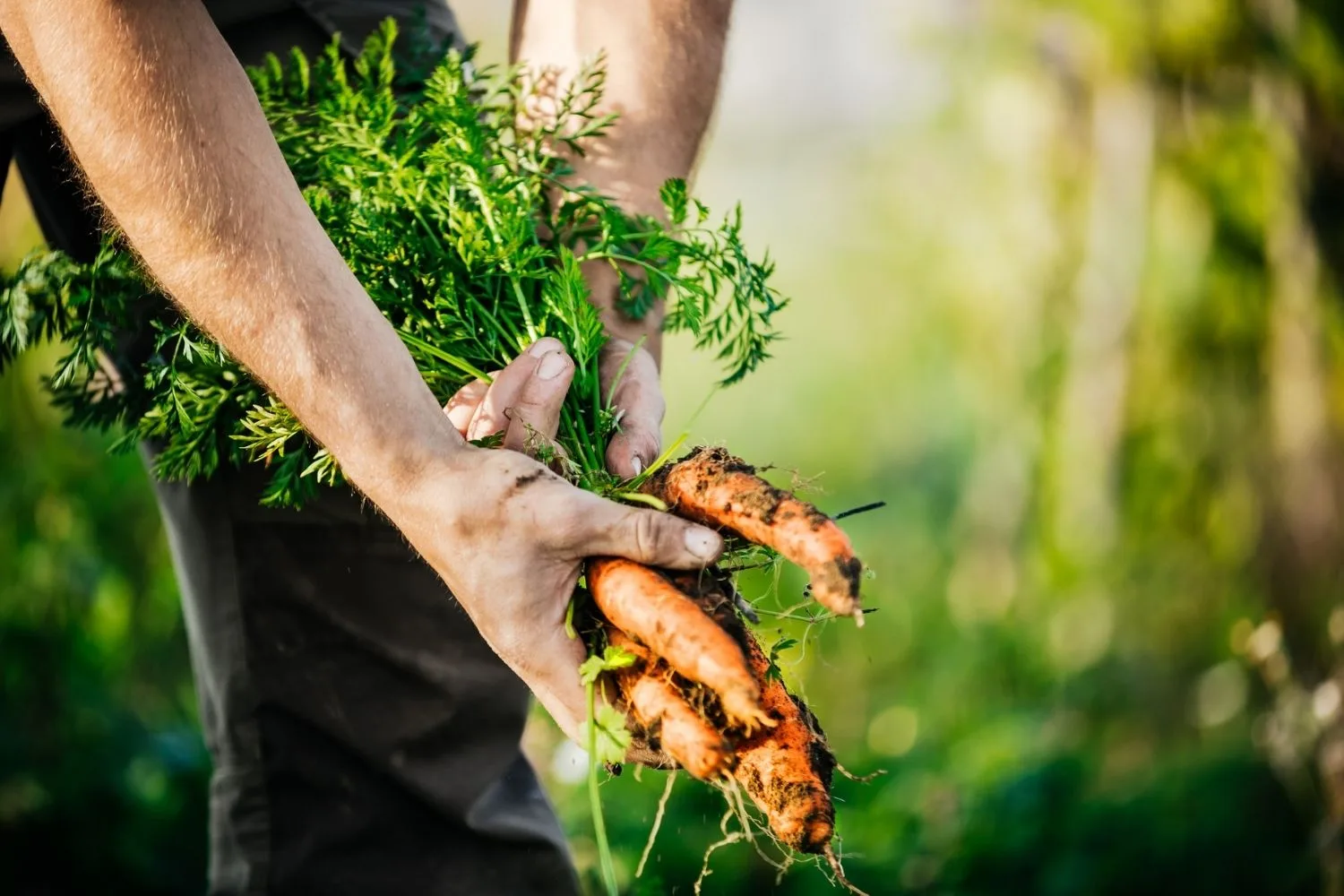
What to plant
The best starting point when you’re deciding what to plant is to look at the vegetables you use most or find the hardest to buy at the greengrocers.
If you’re a beginner, or just want to make things easier, buy seedlings (young plants 5-10cm high). If you prefer to raise plants from seeds, allow an extra 4-6 weeks lead time. You can simplify seed raising by buying seed tapes – these are made from paper, impregnated with seeds, and can be simply laid out on the soil and covered lightly.
When selecting your vegetables, have a chat with a horticulturist at your local garden centre. They’ll be able to give you advice on what seeds or seedlings are best for your area at that time of year. If you’re planting late in the season, stick to seedlings or advanced plants.
Here are some good options.
- Beans x 3
- Tomatoes x 4
- Capsicums x 3
- Lettuce x 6
- Silverbeet x 7
- Carrots – space plants about 5cm apart
- Beetroot – space plants about 10cm apart
Tip: Plant marigolds around the tomatoes to help repel pests.

Tips for planting
- Read the plant labels and ensure you give them the space they require.
- Position all the varieties in a way that gives you easy access to them when the time for harvesting arrives.
- If the label says your plants will require staking or support, do so when you are planting, not afterwards.
- Keep taller plants, such as tomatoes, to the rear or side of your garden bed, in a spot where they will not overshadow smaller growing varieties.
- Allow enough space for planting a row or two of carrots every fortnight for a period of 6-8 weeks.
- Include companion plants amongst your crops, such as marigolds and garlic, which can act as natural deterrents to a whole range of pests.
- Group together plants with similar requirements, for example, those with higher water demands or that prefer regular liquid feeding.
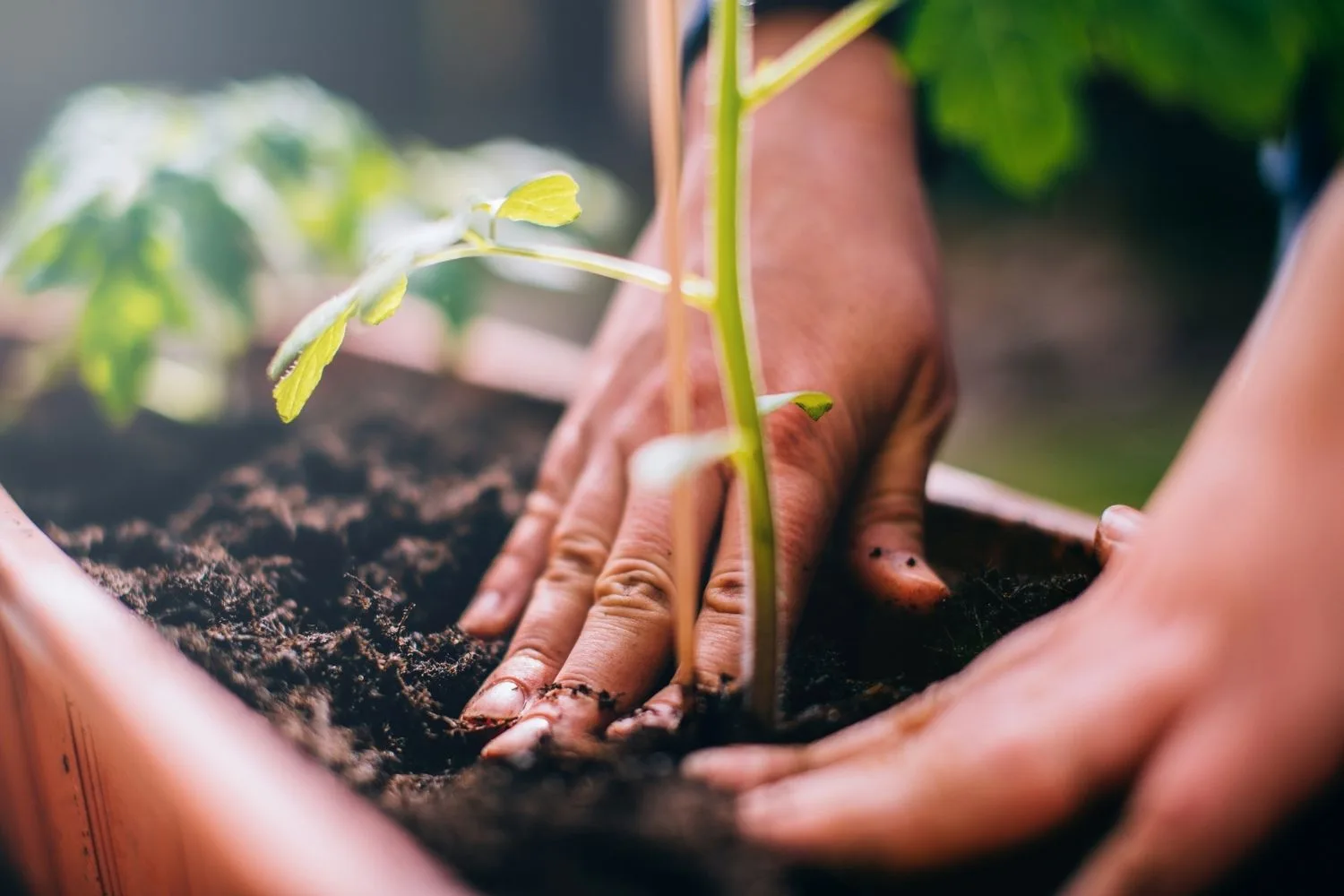
Maintenance
Vegetable gardens are like most things in life – the more you put in, the better the end result! A little time spent on a regular basis will see you getting great returns from even a small plot.
Fertiliser
At planting time, apply a quality controlled-release fertiliser such as Osmocote Plus Organics for vegetables.
Liquid feed fortnightly (or weekly if you can), using a soluble fertiliser formulated specifically for vegetables. For vegies that bear fruit, such as tomatoes and capsicums, it’s best to use a ‘flower and fruit’ formulation.
Pests
Keep an eye out for pests, especially caterpillars. These can be safely and easily treated using Yates Nature’s Way Caterpillar Killer Dipel or Success.
Water
Water your vegetable bed regularly – if the soil is dry 2-3cm down, it needs watering. During hot dry periods, you’ll need to step up the irrigation frequency.
Mulch
Keep your beds well mulched with a quality fast-to-breakdown material, such as garden-grade lucerne straw. Only apply it after the seedlings have developed into small plants, and keep it back a little from the stems.
You may also like
The only vegetable you need to boost your health
How to build a raised vegie garden with recycled timber pallets



